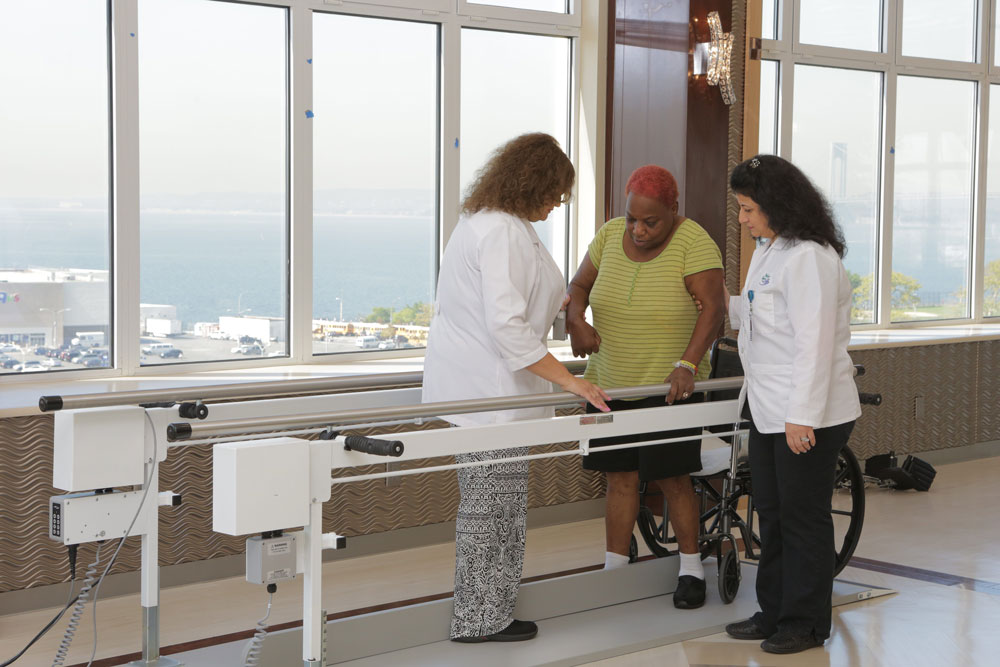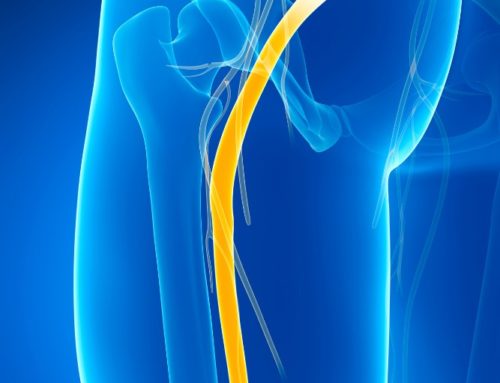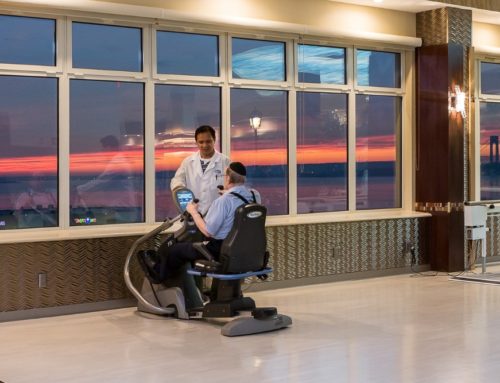Before scheduling your surgery, especially if it’s not a straightforward and quick procedure, it’s important to consider physical therapy after surgery and anything associated with it. Why? Because this therapy not only aids in a swift and complication-free recovery but also provides long-term benefits.
Some patients report delayed or chronic issues after surgery, which may be attributed to their pre-existing health conditions, age-related factors, but also because they might not have simply done enough to help the body to heal. That may be why some patients have to deal with complications even months after the surgery or years.
For those with existing health conditions, especially the elderly, considering rehab and physical therapy can be crucial in preventing complications. This therapy facilitates a faster healing process and can be the main part of your care after surgery, making it highly advisable for patients to incorporate it into their post-surgery recovery plan.

Why Should Physical Therapy After Surgery Be Part of Your Recovery Plan?
Let’s see what exactly physical therapy can do to help with recovery after your surgery. First, it helps with blood flow to the surgical area, which is crucial for the healing process, because less and impaired blood flow is bad as this can cause issues after surgery.
Also, this could cause weak muscles and extra stress on the surrounding parts of your body. Here is what this therapy can do:
Shortens recovery time and prevents new chronic conditions
As physical therapy exercises increase blood circulation, they deliver more oxygen and nutrients necessary for the injured area. Thus, this accelerates issue repair and healing.
Individually customized exercise programs help to rebuild muscle strength and joint flexibility that might have been lost due to surgery. That’s how they help patients to regain their pre-surgery level of physical function.
Physical therapy exercises address challenges after surgery promptly, by helping to avoid the development of chronic conditions and long-term mobility issues, ensuring a smoother and more effective recovery.
Prevents further complications
Regular movement and specific exercises program, designed for each patient’s condition, help to reduce the risk of blood clots and prevent stiffness, which is a common issue after surgery. Physical therapy also helps to maintain joint mobility, which is another risk factor after surgery.
Helps with pain management and swelling
Physical therapy employs techniques like massage, heat and cold therapy as well as exercises that help to manage and reduce pain. These techniques also help with swelling, that often happens after surgery.
Physical therapy is worth it is after surgery because each aspect described above does contribute significantly to a more comprehensive and effective recovery.
When is it too late for physical therapy after surgery?
While it is never too late to tart physical therapy after most conditions, starting it sooner rather than later will prevent complications and chronic conditions because of which you will need this therapy. Even skipping it for a week or so is not a good idea, because your body issues come back again, and you stop it from your ability to strengthen it.
This content comprises informative and educational resources only and can not be considered as a substitute for professional health or medical guidance. Reliance on any information provided in this article is solely at your own risk. If you have any inquiries or apprehensions about your medical condition or health goals, talk with a licensed physician or healthcare provider.






Leave A Comment